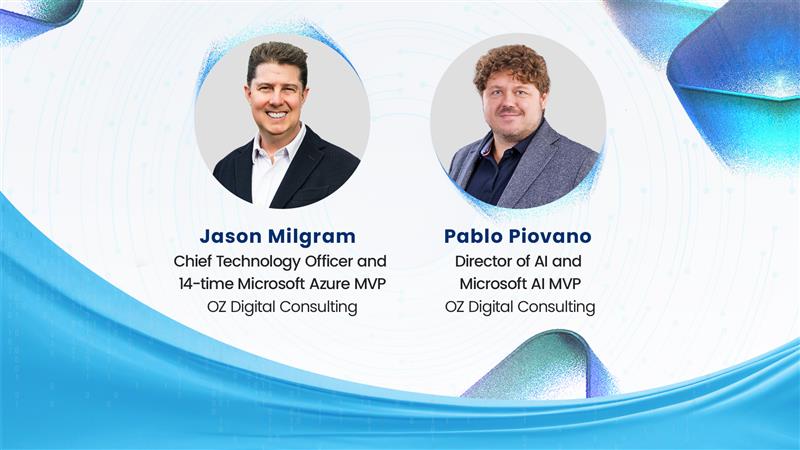By Matias Cristofaro, Data Engineer
In the Information Age, data is the most valuable resource.
The ability to collect and analyze data has become essential for informed decision-making in various fields, from business to scientific research.
However, data is not enough; it is equally important to be able to understand it.
This is where visual analytics—a discipline that goes beyond the simple presentation of data toward effectively telling a compelling story through interactive data—comes into play.
Visual analytics is about harnessing advanced tools and techniques to explore, understand, and effectively communicate valuable information. While traditional dashboards offer static representations of data, visual analytics enables interaction, in-depth analysis, and pattern identification.
Users can filter data, zoom into charts, highlight areas of interest, and explore different scenarios, leading to more informed and agile decision-making.
For example, in sales analysis, an executive can use visual analytics to see how sales of a specific product correlate with seasonal trends. in financial data analysis, it enables directors to identify trends and patterns that can influence investment strategies or risk management. In marketing and sales, data can be explored to optimize campaigns and sales strategies.
Best Practices in Visual Analytics
Though there is obviously a lot of evolutionary flux in the visual analytics arena, there are some proven fundamentals to which those who seek to leverage this approach can adhere now:
- Know Your Audience. Before creating visualizations, understand who the end users will be and what information is critical to them. This ensures that your visual analytics approach aligns with the needs and expectations of your audience.
- Clean and Effective Design. Use a clear and clean design in your visualizations. Avoid excessive graphical elements that can confuse or distract. Visualizations should effectively communicate information and be easy to understand.
- Strategic Interactivity. Harness interactivity but do so strategically. Do not overload your visualizations with unnecessary interactive features. Instead, ensure that interaction provides value, such as allowing users to explore data in detail or compare multiple datasets.
Steps to Generate Effective Visual Analytics
Generating effective visual analytics involves following a set of key steps:
- Define the Goals and Target Audience. Before you begin, it’s essential to understand the objective of your visual analytics and who the end users will be. Do you aim to identify sales patterns in your company or communicate medical research findings to colleagues and patients? Clarity in the objective will guide you in choosing the metrics and how you’ll present the data.
- Collect and Clean Data. Gather the necessary data for your analysis. It’s essential that this data is clean and well-organized. Data cleaning involves removing outliers, resolving missing values, and ensuring data accuracy.
- Choose the Right Visual Analytics Tool. Select a visual analytics tool that suits your needs and skills. Options include Tableau, Power BI, QlikView, D3.js, and many others. Make sure you are familiar with the chosen tool.
- Design the Visualization. This is the heart of your visual analytics. Design visualizations must be clear, effective, and appealing. Choose charts and visual elements that support your objective and facilitate data understanding. Avoid unnecessary elements and maintain a clean design.
- Add Strategic Interactivity. Interactivity is a powerful feature of visual analytics. Use interactive features strategically to enable users to explore data in-depth. This can include filters, scrolling, zooming, and selection tools.
- Validate and Refine. Before presenting your visualizations, perform validation and refinement. Ensure data accuracy and that visualizations align with the objectives. Get feedback from colleagues or subject matter experts and make adjustments as necessary.
- Communicate Findings and Suggested Actions. When presenting your visualizations, effectively communicate findings and suggested actions. Use clear titles, labels, and annotations to guide users through the data story.
- Continuous Maintenance. Visual analytics is not a one-time project. You must keep your visualizations updated as data evolves, and objectives change. Visual analytics is a dynamic tool that must adapt to changing needs.
- Education and Training. Invest in the education and training of your team. Ensure that the people working with visualizations have the necessary skills to interpret and use data effectively.
- Continuous Evaluation and Improvement. Regularly evaluate the impact of your visual analytics on decision-making and goal achievement. Learn from successes and challenges and seek ways to continually improve your visualizations and processes.
Your Next Steps
As the volume of data continues to grow, visual analytics becomes pivotal for informed decision-making, strategy, and future success.
For more than a quarter century, OZ has helped companies big and small harness and leverage their data in game-changing ways. To learn more, download our free e-Book on top trends in data analytics or reach out and schedule a consultation today.



